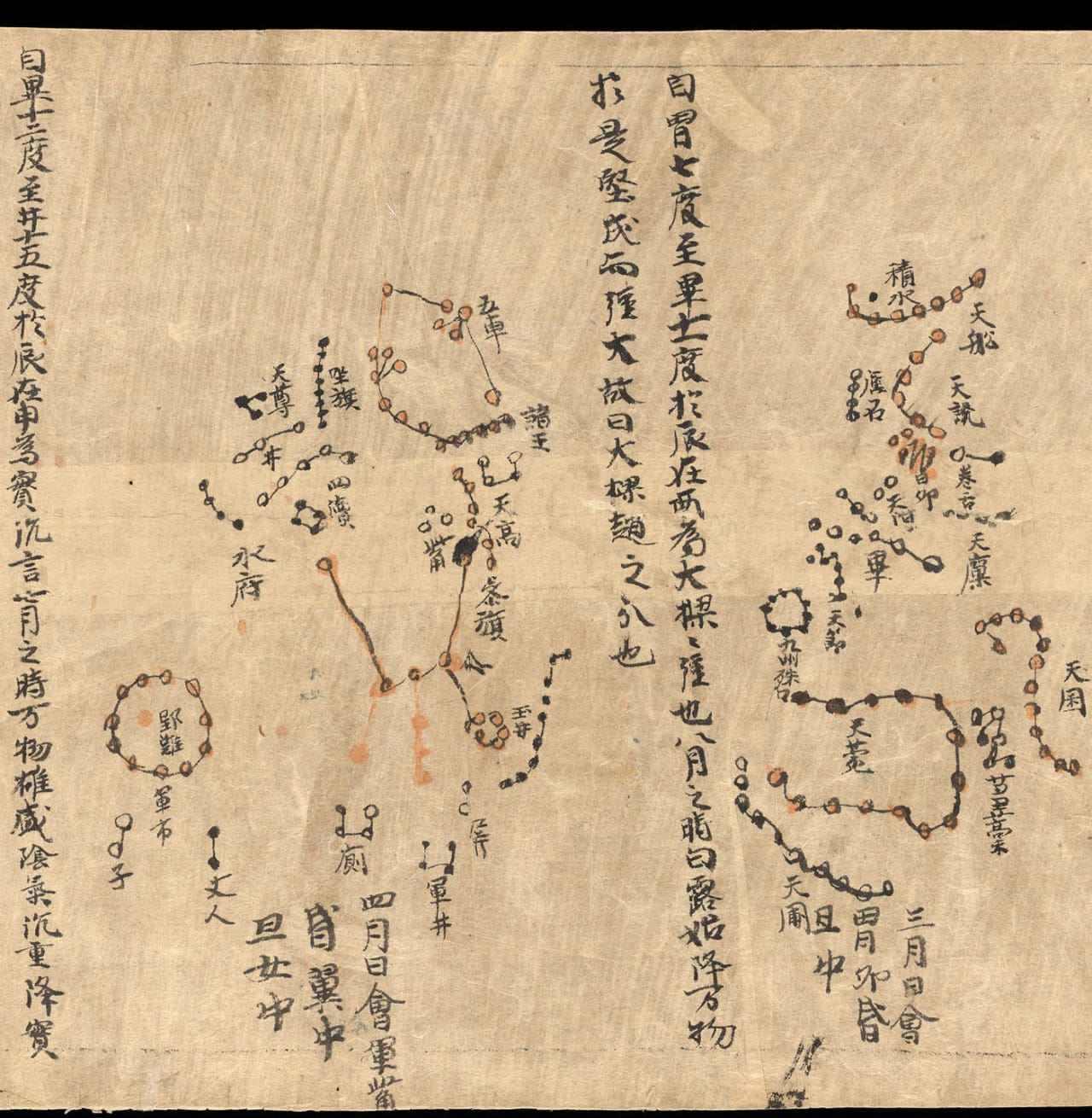

You must have heard about Stonehenge, and perhaps you also know that there are other alignments like it.

Most likely, it shows the constellation Orion.Īlso, it is believed that the image found in the Lascaux caves (France), which might be from 10,000 to 33,000 years old, can be a depiction of the Pleiades, the Summer Triangle, and the Northern Crown. The ivory tablet has a drawing on it that resembles an ancient star chart. There is evidence that early humans made attempts to record their astronomical observations: a Mammoth tusk that dates back to a whopping 32,500 years ago. Presumably, the first astronomers were priests, who interpreted celestial events: at that time, astronomy was closely connected to what is now called astrology. We don’t have much recorded information about early man's impression of the heavens, but one thing is sure: the human being was overwhelmed by the sky and its plethora of unsolved mysteries Let’s take a dive into the fascinating history of astronomy. The sunrises and sunsets, the phases of the Moon and the change of seasons were things that moved people to make astronomical discoveries, and this is how astronomy started to develop. People were interested in the celestial bodies and phenomena from the very beginning of humankind. Who we are? Where have we come from? How was the universe born? These are just a couple of questions related to astronomy that have been inspiring human imagination since prehistoric times.Ī scientific study of the universe, astronomy is the oldest science. History of Astronomy: A Brief Guide into the Past


 0 kommentar(er)
0 kommentar(er)
